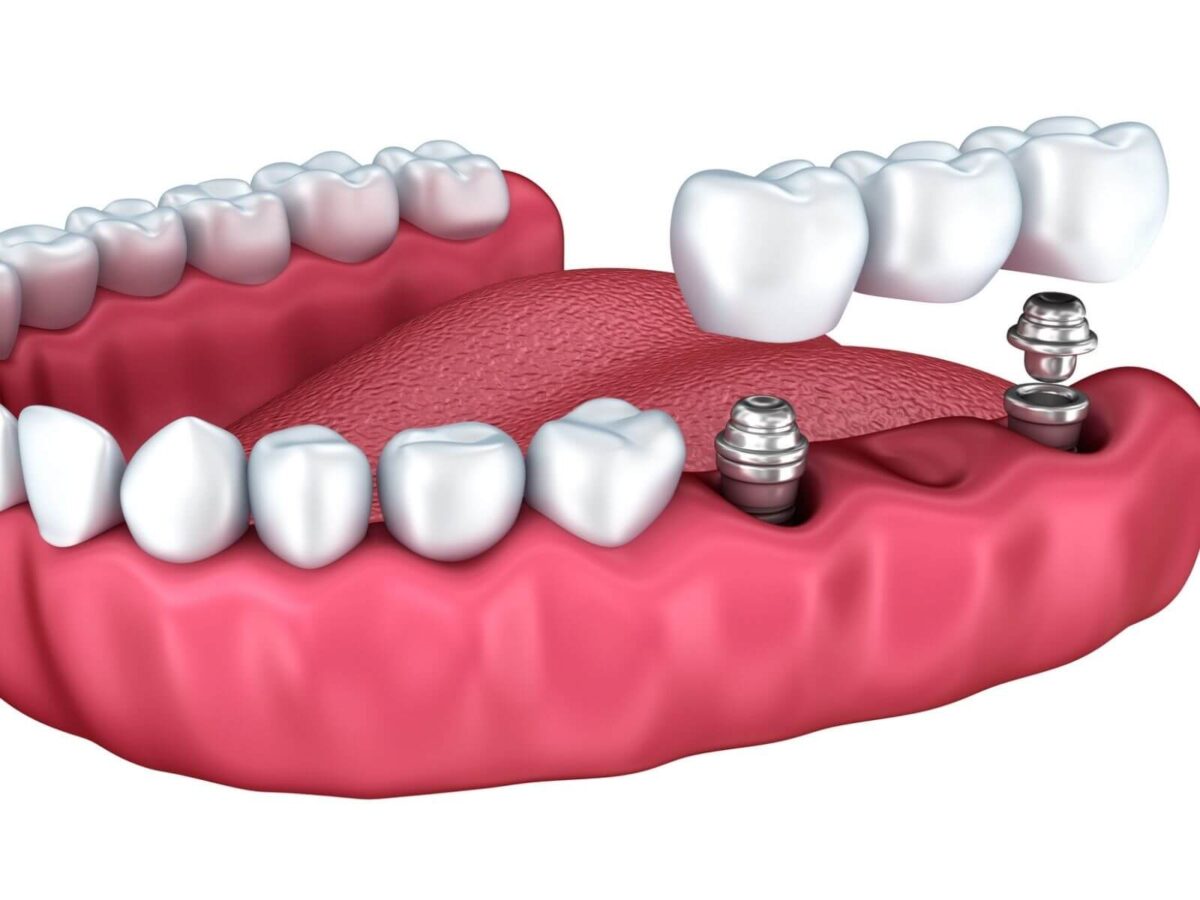Depending on your child’s age, you may have noticed their teeth becoming yellow and discolored. In 2018, tooth decay was among Australian children’s most prevalent non-communicable diseases. This is particularly concerning, as poor dental health in early childhood significantly increases the risk of developing dental diseases later in life.
Tooth Discolouration in Children
Staining may be intrinsic or extrinsic. Extrinsic staining is a temporary condition that causes teeth to turn yellow for several reasons. Discoloration from the outer surface is usually not a long-term problem and can be solved by adjusting the child’s oral health. On the other hand, intrinsic discoloration is within the tooth enamel, often resulting from diseases or drugs.
The primary cause of yellow teeth in children does not obscure the tooth, making the discoloration quite apparent. However, there is no definitive shade for tooth discoloration. In most cases, the hue is a visual indicator of the underlying reason for the discoloration.
Other colors include:
- Black: occurs from trauma
- Brown: happens by accident or when taking dark drinks
- Orange: happens due to the buildup of bacteria
- White: occurs from tooth decay
- Blue, Red, or Purple: happens from traumas or eating forbidden foods
9 Things that Make Your Teeth Yellow or Otherwise Discolored
1. Poor Oral Hygiene
A thick film or sticky plaque continuously forms on the teeth if one does not brush and floss regularly. If the deposits stay on the teeth, they form calculus on the teeth’ surface through mineralization. Plaque contains stain particles from food and waste products from bacteria, and tartar traps these stains, leading to teeth staining and discoloration. Daily brushing and using the correct toothpaste, toothbrush, mouthwash, and floss help remove yellow stains and waste.
2. Pigmented Foods & Drinks
Some pigmented foods, such as black tea, coffee, white and red wine, dark and light sodas, and sports drinks with artificial colors, can lead to tooth discoloration and yellowing due to the presence of acid that stains teeth or dissolves the enamel. Pigmented drinks taken in the long run without regular teeth brushing commonly accompany yellow teeth.
3. Smoking
Smoking develops an unhealthy dependency on nicotine, which is toxic for your teeth; it causes yellowish or brownish surface stains. Uncontrolled smoking leads to stained teeth, which have a deep yellow color that is hard to fade or remove.
4. Biological Parameters
In some cases, staining is hereditary. If one of the parent’s teeth is stained yellow, your teeth would be shaded the same. Four natural hues other than white are reddish brown, reddish yellow, grey, and reddish grey.
In addition, plaque may become more persistent as time progresses, and teeth can even appear darker in color. This is due to abrasive wear in enamel caused by daily activities. The enamel layer diminishes due to the rigorous chewing process and the constant presence of acidic products.
5. Antibiotics
Antibiotics, as we have seen, can cause profound changes in the teeth, particularly if taken in large quantities or at specific developmental stages of the teeth. Certain antibiotics eliminate particular bacteria in the mouth and can cause oral thrush or other health problems.
Tetracycline antibiotics have been regarded as causing discoloration of teeth, as pointed out in a research study. This results in a yellow discoloration by tetracycline and oxytetracycline and a grey-brown discoloration by chlortetracycline.
According to research, out of the entire Tetracycline group of antibiotics, oxytetracycline falls under the list of reasons for yellow teeth. As a result, if you have taken tetracycline antibiotics at some point, you may need an in-office bleaching of your stained teeth.
6. Accidents
There are also cases of tooth discoloration that may result from trauma or an accident. An accident may harm the outside layer of the teeth, known as the enamel, and or hdamagethe interior of the teeth. This causes discoloration, which would require the services of a dentist.
Preventing and Treating Yellow Teeth in Children
1. Visit Your Dentist Regularly
One should visit a dentist at least twice a year so that the first sign of tooth staining can be detected. Regular appointments with dental practitioners also allow the removal of some bacterial deposits or excessive plaque that would otherwise contribute to staining. Most importantly, a dentist can develop the right treatment plan for your child’s dental problem. Stain formation is best prevented by avoiding yellow teeth early and maintaining good dental health.
2. Proper Methods of Hygiene
Establishing accurate, correct, and proper cleaning and ridding devices such as brushing, flossing, and utilizing the appropriate kind of toothpaste from childhood may play an excellent role in avoiding discoloration. Less brushing leads to more formation of plaque, which is one of the causes of yellowing-like dental plaque. Brushing by a child properly is the best method to ensure that both white baby teeth and the new incoming adult teeth remain healthy, preventing the shift of the color to yellow adult teeth.
3. Restriction of Some Foods and Beverages
While not all dark foods can be excluded, it’s recommended to decrease their intake, especially when combined with acids and colored products that contain pigments. Encourage your child not to consume dark-colored food products and drinks such as carbonated, sports drinks, and fruit juices. These beverages dissolve the softer portion of the enamel in the teeth and make it easier for food stains to set since their teeth are yellow.
4. Choosing the Right Dental Products for Children
Providing proper dental gadgets and items to children at the appropriate ages increases the children’s dental habits.
For example, instead of young people using large quantities of toothpaste that contain fluoride, children should use an amount equivalent to that of a pea, which has a whiter shade, and control the amounts of fluoride in the mouth simultaneously. If practiced right from childhood, this oral hygiene routine will ensure the adult teeth are bright and not yellowish.
Conclusion: Preventing Dental Trauma
Introducing the children with measures to observe during active play minimizes the risks of falling and getting facial injuries. Children engaging in any sporting activity should wear protection gear such as mouthguards. In this way, you can address the problem of the instances that dentists call dental trauma injuries, where discolorations are prevented before they can happen, and ensure that the color of their teeth never ends up becoming a dark or gray shade in case of injury.
It is usual for children’s permanent teeth to be slightly yellow, but this can be prevented by practicing good dental hygiene and eating a balanced diet. You can contact Sinton Pediatric Dentist, as they provide quality service to ensure your children have good and healthy teeth.




